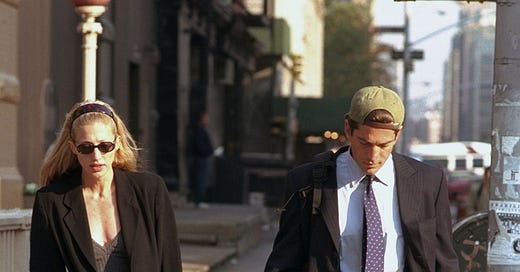Style Strategy 013: Thoughts on allure and authenticity
How our reactions to Ryan Murphy's Carolyn Bessette-Kennedy says more about us than them.
It was the uproar that could be heard around fashion and pop culture internet.
I know, I know, before you think this is going to be another litany of complaints about how Ryan Murphy did Carolyn Bessette-Kennedy wrong, wait.
I’m much more interested in why we’re reacting the way we are. As the saying goes, it says far more about us than it does about th…




